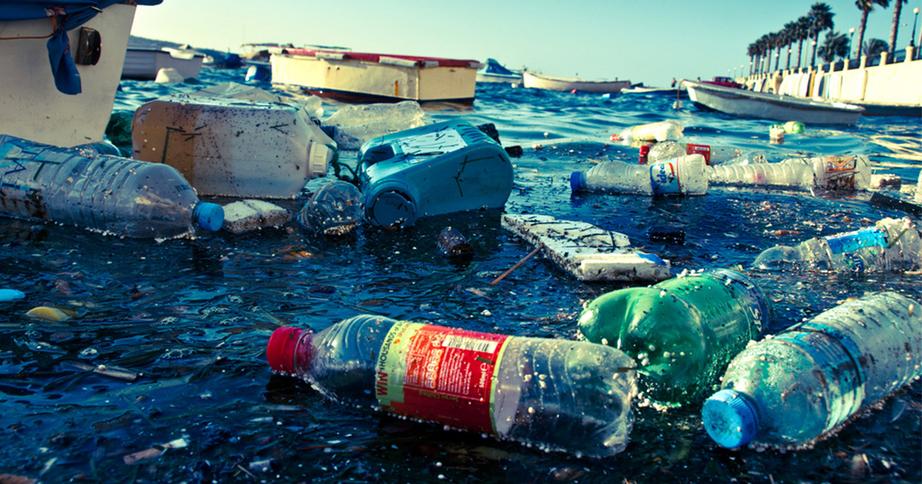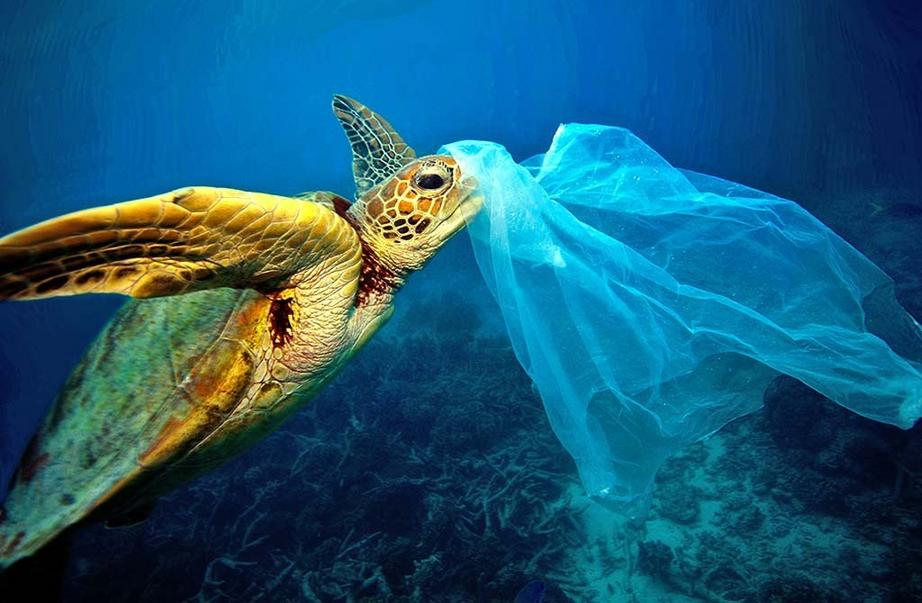Plastic trash found in ocean animals living 7 miles deep
Plastic trash can really be found on all corners of the Earth—even in the stomachs of deep-sea organisms, according to a new study from Newcastle University in England.

Led by Dr. Alan Jamieson, the researchers found microfibers in crustaceans from six of the deepest places on the planet, the Mariana, Japan, Izu-Bonin, Peru-Chile, New Hebrides and Kermadec trenches.
After examining 90 individual animals, the team found that ingestion of plastic ranged from 50 percent in the New Hebrides Trench to 100 percent at the bottom of the Mariana Trench.
 Alain Bachellier / Flickr
Alain Bachellier / Flickr
As the Guardian reported from the study, the tiny fibers shed off of larger products such as synthetic textiles, plastic bottles, fishing equipment and packaging.
“We published a study earlier this year showing high levels of organic pollutants in the very deepest seas and lots of people asked us about the presence of plastics, so we decided to have a look," Jamieson said in a news release from the university.
“The results were both immediate and startling. This type of work requires a great deal of contamination control but there were instances where the fibers could actually be seen in the stomach contents as they were being removed."
An estimated 8 million metric tons of plastic gets dumped into our oceans annually, simultaneously contaminating our seas and harming marine life.
Jamieson said that finding plastic fibers inside animals from nearly 11 kilometers deep (7 miles) was "worrying" and shows the extent of the world's plastic pollution problem.
"The number of areas we found this in, and the thousands of kilometer distances involved shows it is not just an isolated case, this is global," he said.
The study was released Tuesday as part of the Sky Ocean Rescue campaign to raise awareness of how plastics and pollution affect the oceans.
The new research adds to the growing body of science that highlights how plastic pollution isn't just a problem on the ocean's surface. As Dr. Marcus Eriksen, the co-founder and research director of the 5 Gyres Institute, wrote back in 2015:
"The idea that there are 'patches' of trash in the oceans is a myth created 15 years ago that should be abandoned in favor of 'plastic smog,' like massive clouds of microplastics that emanate out of the five subtropical gyres. My recent publication in the journal Plos One, estimates 269,000 tons of plastic from 5.25 trillion particles, but more alarming than that is it's mostly microplastic ( > 92 percent in our study) and most of the plastic in the ocean is likely not on the sea surface."
Jamieson explained that deep-sea organisms are dependent on food coming down from the ocean surface.
"The deep sea is not only the ultimate sink for any material that descends from the surface, but it is also inhabited by organisms well adapted to a low food environment and these will often eat just about anything," he said.
"These observations are the deepest possible record of microplastic occurrence and ingestion, indicating it is highly likely there are no marine ecosystems left that are not impacted by anthropogenic debris."
For the rest of this article please go to source link below.

